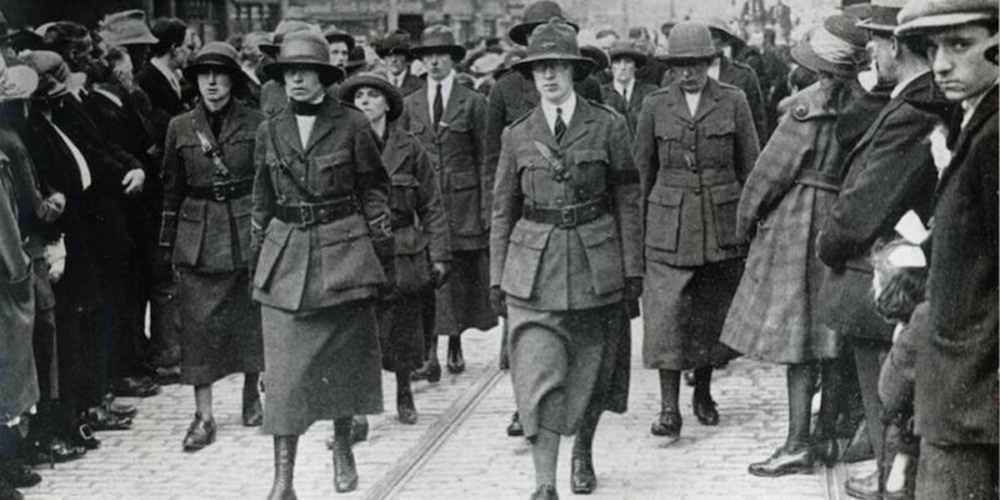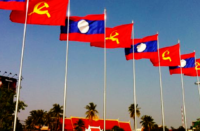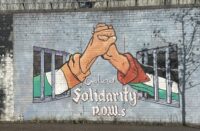On 2nd April 1914, in Wynne’s Hotel in Dublin, Cumann na mBan was founded. The first provisional committee of the organisation included Agnes MacNeill, Nancy O’Rahilly, Mary Colum, Jenny Wyse Power, Louise Gavan Duffy, and Elizabeth Bloxham, with MacNeill as its president. Its objectives were to advance the cause of Irish liberty, assist in arming the militarist organisations, and form the Defence of Ireland fund. Throughout the week of the 1916 Rising, the volunteers from Cumann na mBan were invaluable as nurses, messengers, and aides. During 1916, Constance Markievicz was the president of the organisation. When the Dáil was established in 1919, much of the secretarial staff was drawn from Cumann na mBan. The women of Cumann na mBan were also tasked by Propaganda Director Mabel FitzGerald to collect details of British atrocities at a local level for publication in the Irish Bulletin. Throughout the War of Independence, they were equally invaluable, gun-running and providing shelter to the IRA’s “flying columns”. Cumann na mBan also took an active military role throughout the War of Independence.
After the War of Independence, Cumann na mBan took the anti-treaty side of the civil war, continuing their work for the anti-treaty IRA and fighting alongside them. Following the civil war, the organisation was declared illegal by the Free State government, but they remained active. Kilmainham Gaol was opened to detain suspected members. Eithne Coyle claimed she was the first woman arrested by the new Free State, estimating that she was arrested over a dozen times throughout the civil war. In February of 1923, 23 members went on hunger strike in a protest of imprisonment without trial of republican prisoners. By 1926 Coyle was elected president of Cumann na mBan replacing Markievicz. In 1932 Fianna Fáil came to power and Cumann na mBan was made a legal organisation again. When the IRA started their bombing campaign in Britain, Coyle put forth her resignation from the organisation saying she didn’t approve of the “bombing of women and children in England by the IRA.” Several attempts to resign were rejected; however, in 1941 she finally resigned. It wasn’t until 1947 that her position was filled by Margaret Langsdorf. After the IRA split in 1969, Cumann na mBan supported the Provisional IRA, and was later integrated into it. This didn’t last, as when Sinn Féin decided to drop the abstentionist policy they had been holding, Cumann na mBan aligned themselves with the Continuity IRA and Republican Sinn Féin. Cumann na mBan still exists, having celebrated its centenary in 2014.
Cumann na mBan did not come out of a spontaneous reaction to a growing republican movement. Women have always been a part of the movement. Through organised struggle, however, a bigger impact was made. We can see this repeated in the present day too, with women taking a central role in the Right to Water and the Repeal the 8th campaigns as well as the Women Against Imperialism organisation and others. Women throughout Irish history have been militant and struggled alongside men. However, the Irish left has not been without some elements of misogyny: for example, when James Connolly went to Belfast to speak in defense of the Irish Women’s Franchise League, James Larkin criticised him for “mixing himself up with a pack of women.” We on the left must educate ourselves and others on the important role women have played in our struggle and the struggles around the world. Lenin, speaking of women working within the Russian Revolution, said “without them, we should not have been victorious.” To move beyond capitalism, into socialism and communism, we must see progress not just in the economic and political areas but socially too. As Marx wrote in 1866:
“Social progress can be measured exactly by the social position of the ‘fair sex’.”






